
GMs Motorama car shows are a big hit
Before Harley Earl de Motorama car shows to promote new models and ideas invented hotels often host to local exhibitions. These were the only places where people could get some brands together to compare. GM first started with a traveling exhibit, the Parade of Progress. Here people could get acquainted with new techniques. In the 1950s, GM started the Motorama car shows, the first car shows as we know them today.
The Second World War left the automotive industry dormant for many years, largely due to its focus on the production of war material. After the war a new era began, a time of great optimism. People no longer lived from day to day, but at last looked forward to the future again. This attitude affected all aspects of life. In 1949 GM held the first of 8 GM Motorama shows. These shows drove the car enthusiast completely crazy. The shows showed futuristic cars like never before seen, and even now be futuristic.
The GM Motorama shows were set up to not only the products of Cadillac, Buick, Oldsmobile, Pontiac, Chevrolet and GMC as well as parts and products from divisions other than the automotive divisions. Most importantly, the Dream Cars. It was a way for Earl to show new things that could be in normal cars in the near future. He knew that the buyers did not want too much change in too short a term, with the Dream Cars it was possible to show this so that many of the new things were considered desirable when they bought a new car a few years later. GM's traveling car circus focused on its products with interactive exhibits, orchestras and dance groups set amid elaborate sets. It was an unprecedented spectacle.
The roots of the Motorama shows go back to 1928 when GM hosted a show at the Astor Hotel in New York. This was repeated in 1929. From 1930, business lunches were organized at the Waldorf Astoria. Those invited could view the cars here between Persian carpets and painted landscapes. These shows continued until World War II. In 1939 and 1940, GM had displays at the New York World's Fair under the name Futurama. These shows gave GM experience with beautiful decors and displays to market their products.
In 1933 Earl designs his Cadillac Aero Dynamic Coupe recognized by many as the first concept cars. The car was exhibited at the World Exhibition of 1933. The car later goes into limited production.
After this comes the first real concept car, the Buick Y-Job, designed for Buick's boss, Curtice. He orders Earl to design a car that he would buy himself. Earl makes a long, low, wide car with small wheels and a prototype of the Dynaflow transmission.
In 1946, as the Y-Job got older, GM's chief engineer, Charles Chayne, Buick's senior management, Harlow Curtis, and Earl got together to discuss its successor. They agreed that the Y-Job still seemed to be fresh after almost 10 years, its successor had to after still be 15 years old. In the end they also agreed that their wishes could not be summed up in one car. It was decided to design 2 cars. The XP-8 (LeSabre) and XP-9 (XP-300). On May 19, 1947, both projects were approved. The XP-8 was partially designed by Chevrolet and later featured Buick lettering on the front. Ultimately it becomes a GM car, not specifically designed for a division. The XP-9 is designed as Buick by Ned Nickels (started at GM in '41). Charles Chayne, however, was in charge. The LeSabre was designed by the newly formed Special Automobile Design studio headed by Ed Glowacke. Ed raced cars and boats, and flew. Ed's design was influenced by this, as was Earl's by Lockheed's P38. One of the most striking pieces of design was an Earl invention, the tinted (!) Panoramic windshield. Earl wanted a panoramic windshield in 1918, but they couldn't bend the glass yet. After extensive research in the 46s - 50s, Earl finally got his panoramic windshield.
In 1950 and 1951 the cars were already shown, the LeSabre in Life magazine and the XP-300 at the Chicago Auto Show. Then the LeSabre went to the Paris Salon and in 1953 both cars went along with the Motorama tour. In the end, Earl saw the LeSabre as Y-Job 2 and drove it 45,000 miles. The XP-300 also had 10,400 miles on it. The era of the dream cars had begun.
The term Motorama was previously used for a customs and sports car show when GM's version began. GM even participated in the Los Angeles Motorama in 1952 where the XP-300 was also shown. GM used the name Motorama as early as 1947 for the Chicago Museum of Science and Industry exhibition. GM also used the name Wonderama in Dayton and Powerama in Chicago in the mid-1950s. The first major GM show was 'Transportation Unlimited' in 1949 in New York. At the Waldorf, GM introduced a two-door Buick Riviera, two-door hardtop prototypes of the Bel Air, Catalina and Coupe de Ville. In addition, three new Cadillacs, the El Rancho, Caribbean and Embassy.
Various concepts were shown for the 1950 'Mid-Century Motorama'. Including the Cadillac Debutante, Oldsmobile Golden Jubilee and Westward Ho, Pontiac Magnificent and Fleur de Lis and the Chevrolet Royal Canadian. The last 5 also went to Canada.
In 1951 and 1952, GM did not participate in major shows because of their dedication to the Korean War. However, they did have models to display. Of course the XP-300 and LeSabre, but also the 1952 Buick Skylark and Cadillac Eldorado and Townsman. These cars were shown at various shows.
After a drop in sales, GM decided to host a major nationwide show. This became the 1953 GM Motorama. The tour started in the Waldorf Astoria, New York, then Miami, LA, San Francisco, Dallas and Kansas City. The last two were no longer in the tour schedule for the next one years. Boston would be added. The 1953 tour drew 1.5 million people. No expense was spared, and the entire spectacle cost $5 million, not including the cost of Dream Cars like the Wildcat and LeMans. There was no entrance fee, which would have helped cover the cost of transporting 125 trucks alone. Rental of the locations, shows, sets, maintenance of the cars, costs for accommodation of the 1,000-strong crew and $100,000 for openwork cars and motorcycles. The Miami location was three times the size of New York. As a result, an extra team of 725 men was needed. Only the Shows (Motor-Rhythms and Fashion Firsts) already needed an extra 60 men. GM could afford it with 143 factories spread over 18 countries. Company had a market share of 49.9% in 1954. The government even considered dividing the company.
GM got something extra out of its concepts by showing them at other shows such as the Chicago Auto Show as well as at dealers.
The broadway-style shows were GM's best 'seller'. The disadvantage was that the competition could see where GM's styling would go. GM indicated that given the large number of visitors 1953 would be a good year for GM. The Motorama shows would continue to push sales in the years that followed. Half way through the first show at the Waldorf there was already $600,000 worth of it orders noted. In total, 2.5 million people attended the shows in 1956. Again in the Waldorf, orders were already listed for $1.3 million. Despite its success, 1956 was the last show of this format. The only Dream Car for the 1959 and 1961 shows was the Firebird III along with the Cadillac Cyclone. In 1957 there was still the Cadillac Director show car. A total of 10.5 million people had attended the shows from 1949 to 1961. Due to high costs and the advent of TV, GM stopped the shows. From 1955 to 1961, GM Canada still hosted shows in Toronto and Montreal. The success did not pass by the people at FoMoCo. It was proposed to make some show cars and show them at similar shows. In 1957 the Stylerama shows would start. Some clay models were made but unfortunately the shows were cancelled. The high costs of the Edsel debacle and the costs for the shows made Ford decide not to start the shows. Also, some of the show cars were found to be too futuristic. The Nucleon, for example, was a nuclear-powered vehicle.
GM .'s Futurliner and Streamliner buses are often associated with these Motorama shows but belonged to a different program, the Parade of Progress which toured the country annually from 1936 to 1941 and again from 1953. Click HERE for the history of this piece of history.
Transport of all Motorama gear [Photo set]








1927 Boston Auto Show

1938 Buick Y-Job

1951 GM LeSabre, click on the photo for the brochure
Earl with the GM Firebird jet propulsion models
1957 Cadillac Director
Concept [Photo Set]




















1958 Cadillac Eldorado Biarritz Raindrop car
5 prototypes have been built with a rain sensor. All based on a 1958 Eldorado Biarritz. One of them was fitted by Harley Earl with the wings as they would later appear on the '59 models. The other 4 remained original except for the rain sensor. The rain sensor first appeared on the 1951 Le Sabre. The rain sensor (Humidity control) itself was on the piece of bodywork between the parade boat and the tailgate. The technology ensured that the roof was closed automatically when a few raindrops fell on the sensor. To be able to close the roof automatically, the parade boat consisted of 3 parts. The center section slid back and the side sections flipped up. The roof automatically closed itself to the windshield and finally the windows closed automatically. There are two models left. One blue and one red which was original silver. The red one is the car that has been owned by Harley. The rear of the car is completely made of polyester. This became apparent during the restoration in the 1990s. A lot of chrome was also removed by Harley to make the model look more sporty. The model was sold through RM Auctions for $330,000 in 2007 and was relisted in May 2015.
The car would good GM tradition must be destroyed. In 2016, information came out that the car had not been destroyed.
In 1983 Robin and Mike Barry bought the plot of land next to their home in Medway Ohio. The piece was overgrown and long abandoned. They wanted to demolish the house and clean everything up and sell the lot as building land. Even after reviewing the classics that were there, they still knew that there was a Harley Earl car. Tracking down of the owner of the land was a challenge. After a divorce two decades previously, the deranged ex-husband kept putting rubbish on the plot of land, both inside and out. The woman was eager to do business with Robin and Mike. After they got the keys said the first to come back in after 13. The house was full with magazine, auto parts and junk. They hired a car expert and soon the house became known as 'Cadillac Ranch'. Outside under a carport stood a strange Eldorado Biarritz with a polyester back and wings that weren't '58 or '59. The front was not complete and the car was put on the street together with the other classics including 4 other Cadillac's, a 69er Firebird, 33er Hudson Terraplane and a Snap-On Tools van. The cars attracted a lot of attention, including those owned by Jim Walker, the owner of Walker Brothers Oldsmobile and Cadillac in Dayton Ohio. Perhaps he recognized the car. He had made a good offer on the 5 Cadillacs. The Barry family was happy with it because it paid for their work. By selling all cars, parts and magazines, enough was collected to renovate the house. Mike passed away in 2005.
Jim Walker partially restored the car after which the car was transferred to the Wiseman Collection where Bill Wedge completed the restoration just in time for the cover of the March 1998 edition of Cars & Parts. The car remained here until it was auctioned in 2007 and came into the hands of Paul and Chris Andrews. They sold it at auction in 2015. The estimate was $400,000 to $600,000 but it sold for $324,500.
The blue one was used for all kinds of shows including the Michigan State Fair. It was there that Canadian Cadillac dealer Gerald Beaudoin from Windsor saw the car. But as always, GM also scrapped this car. Beaudoin visited a demolition near the Michigan fairground in 1962. He found a 1958 air-conditioned engine here. He guessed that this must be the engine of the show car he had seen 4 years earlier. He found the other parts of the car in surrounding junkyards. He bought everything and took it to Canada. He restored the car in 2 years. GM got wind of it and wanted the car back. Customs and even the Mounties got involved. Without result. After 20 years, he sold the car to another Canadian who, after 20 years, sold it to the owner who put it up for auction in 2010. The car is said to have only driven 8,700 miles. The sale was supported by pre-restoration photos, build sheet and R&D tags. This one car was sold in 2010 by RM Auctions for $220,000.
[Photo set]










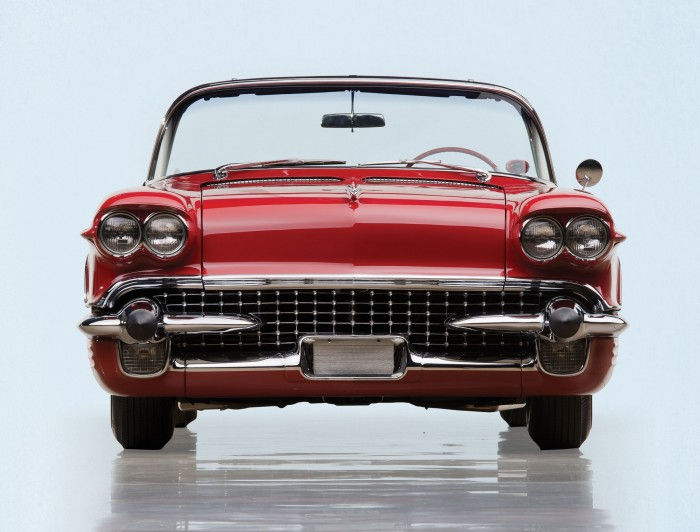
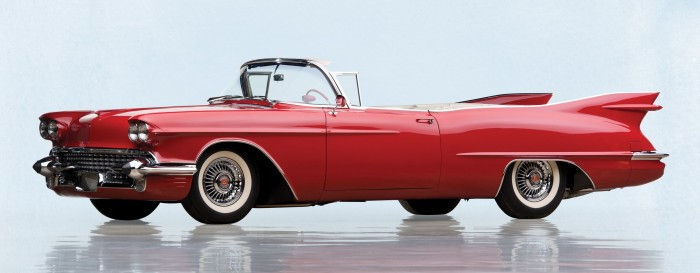
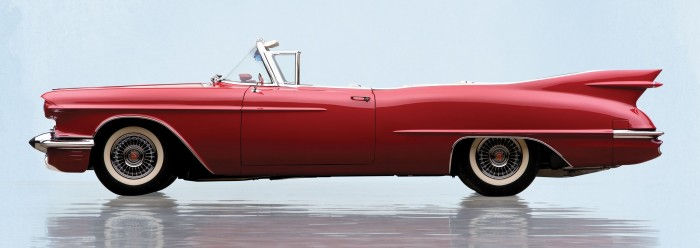

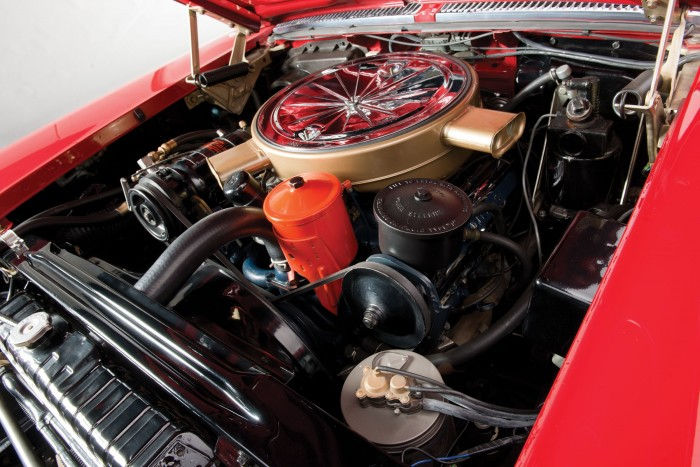
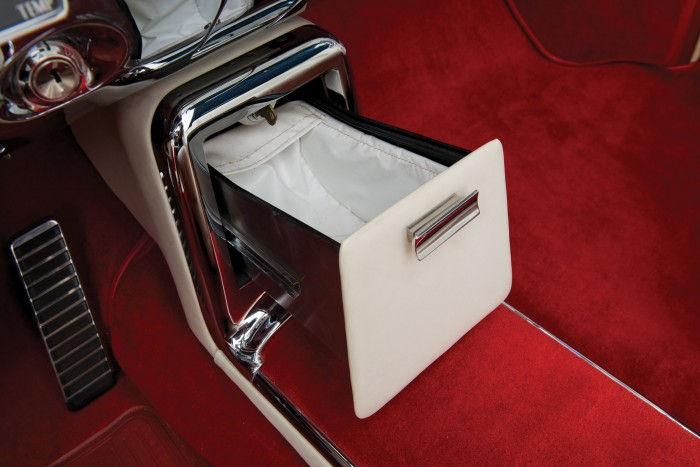
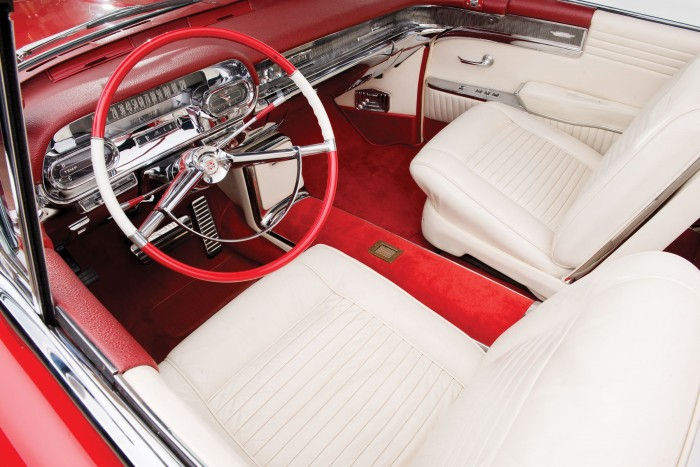

















1949 Transportation Unlimited [Photo Set]




















1950 Mid-Century Motorama [Photo Set]






























1951 Buick XP-300 Dream Car [Brochure]






















1951 Models [Photo Set]














1953 Motorama [Photo Set]












































1954 Motorama [Photo Set]
























































































1955 Motorama [Photo Set]







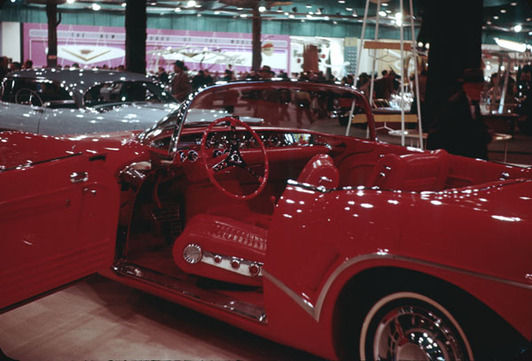











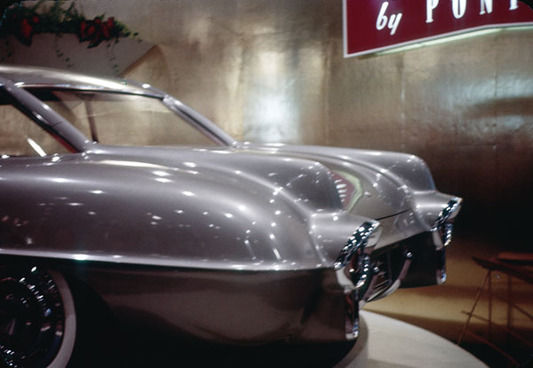






























































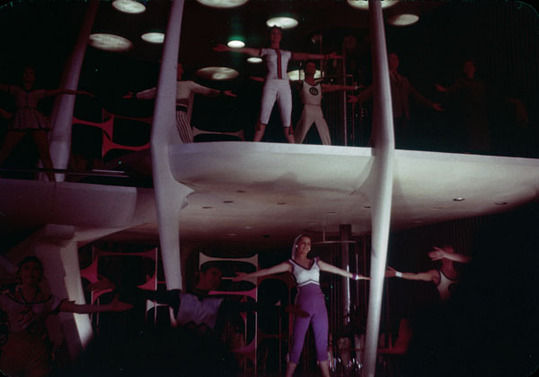
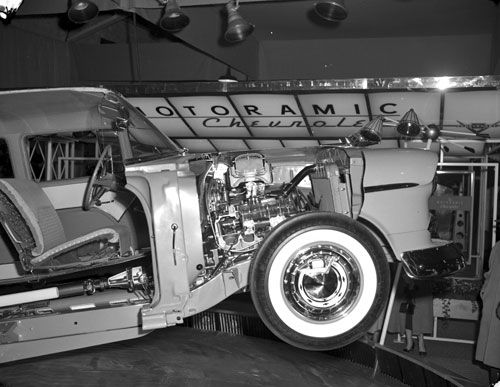




















































































1956 Motorama [Photo Set]






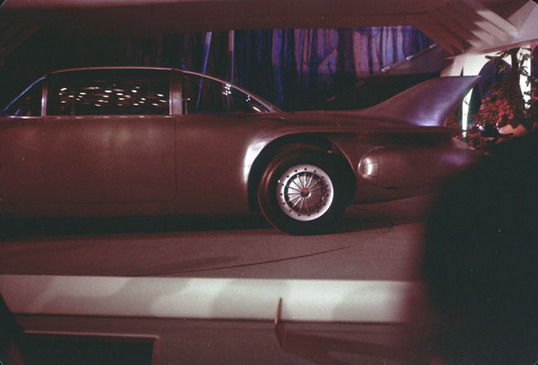




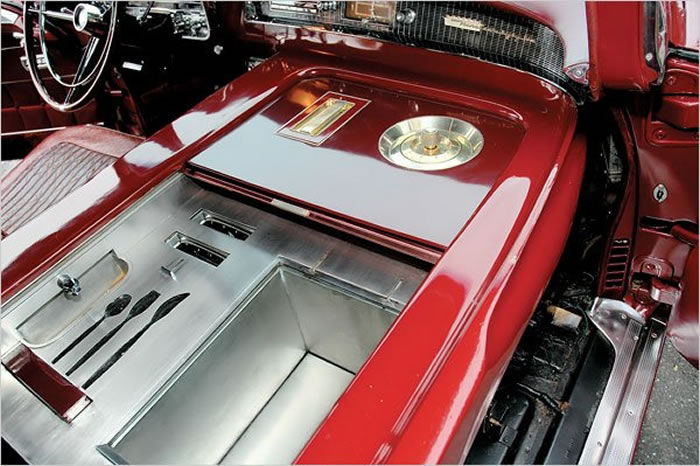
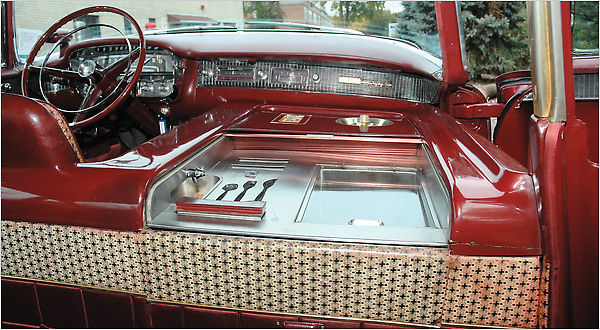














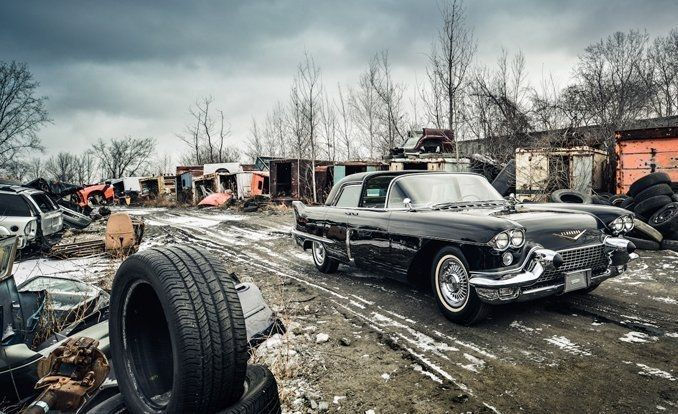













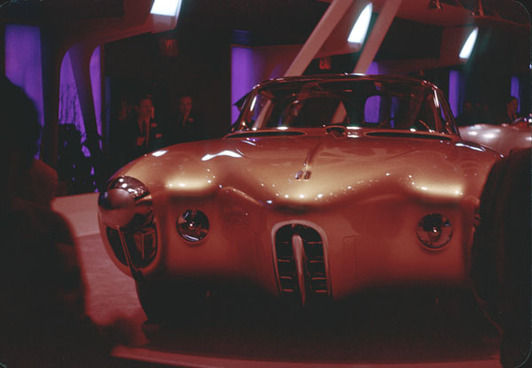
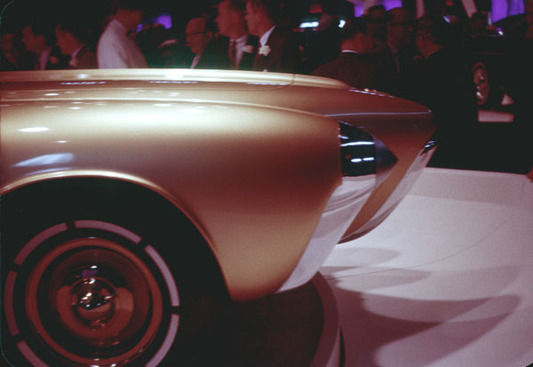
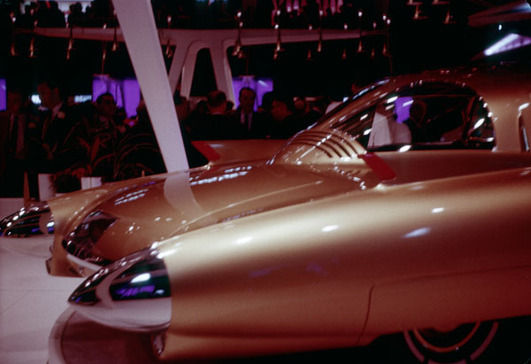




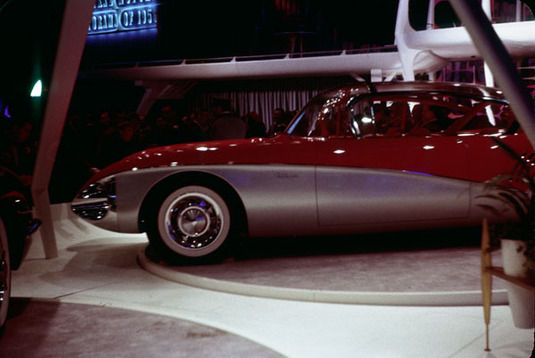
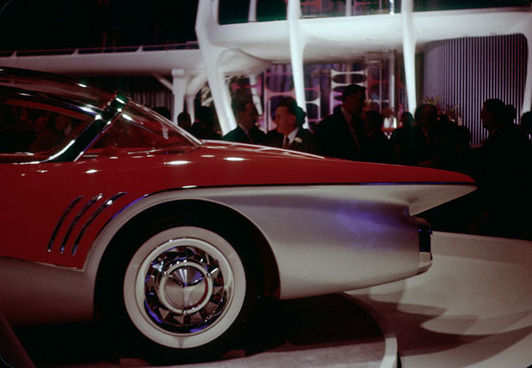
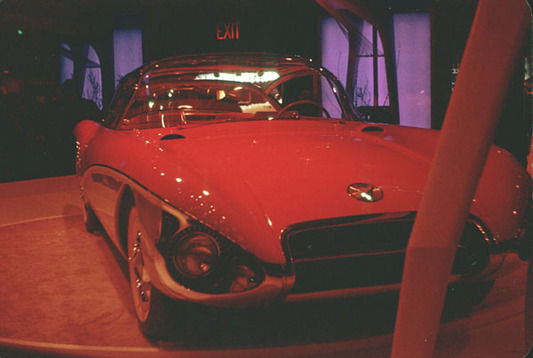






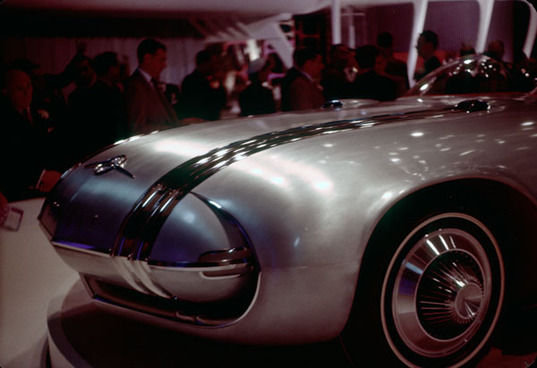
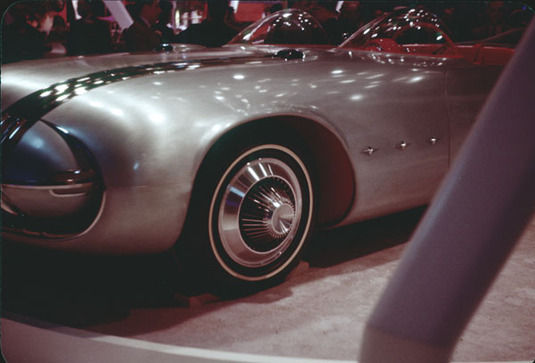
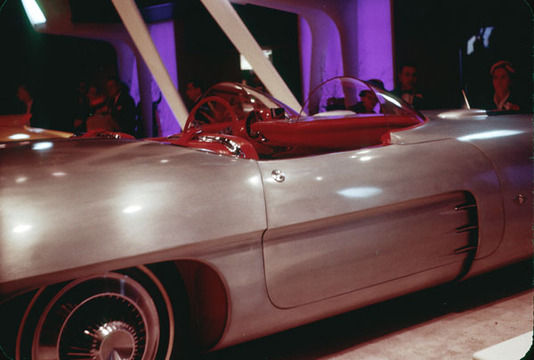





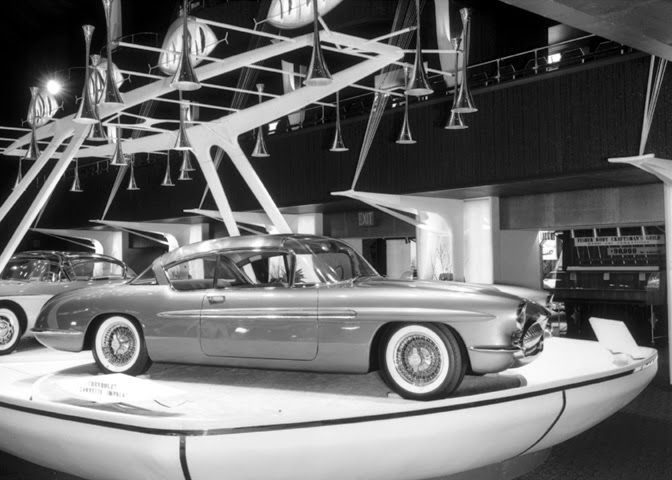


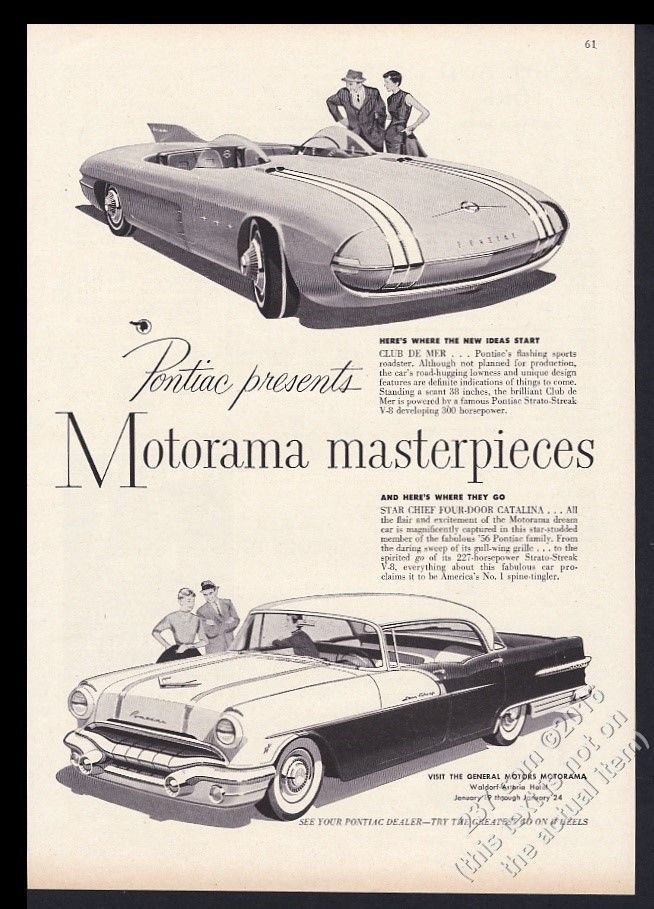





























































































1956 The highway of tomorrow
1959 Motorama [Photo Set]
































1961 Motorama [Photo Set]







Extra info about the Cadillac Le Mans from 1953
The black Le Mans in the photo is #2 of the 4 built. This was owned by Harley Earl for a while. It was probably painted black at his request. George Barris customized #1 for his customer Harry Karl, who had bought the car from Cadillac delaer Clarence Dixon who bought it directly from GM. He had it adapted for his wife-to-be Marie McDonald. This car was lost in a fire in Pleasanton, CA in May 1985. The engine and some parts still exist. #2 was last seen at Greenlease Moore Cadillac-Chevrolet in Oklahoma City in November 1953. #3 was sold in 1955 to Floyd Akers, a Cadillac dealer in the Washington DC area. This one still exists. #4 was built for Fisher Body director JE Goodman. This one had a hard top. This car was modified in 1959 and the hardtop was probably lost. This car was also featured in the Buddy Holly movie and was then part of the GM Heritage Collection.




















